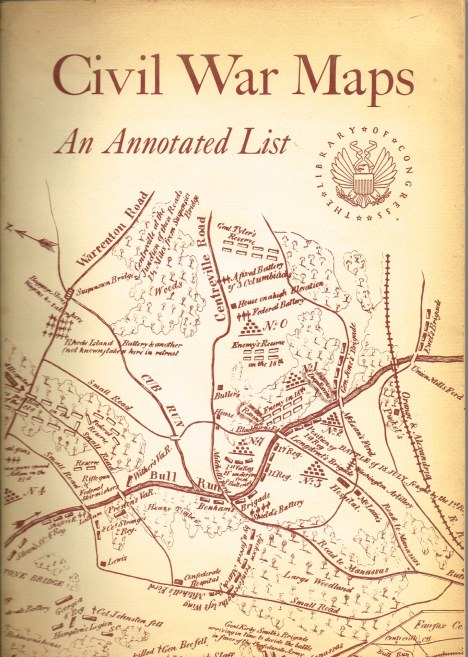
Since color on its own has no inherent association with value, a key is vital for viewers to grasp the values in a heatmap. However, a diverging color palette may be used when values have a meaningful zero point.Īs an associated note, it is generally required for a heatmap to include a legend for how colors map to numeric values. Most frequently, there will be a sequential color ramp between value and color, where lighter colors correspond to smaller values and darker colors to larger values, or vice versa. Example of data structure monthīest practices for using a heatmap Choose an appropriate color paletteĬolor is a core component of this chart type, so it’s worth making sure that you choose an appropriate color palette to match the data. general qualitative levels of low, medium, high). In certain applications, it is also possible for cells to be colored based on non-numeric values (e.g. One way of thinking of the construction of a heatmap is as a table or matrix, with color encoding on top of the cells. In the latter case, the numeric value must be binned like in a histogram in order to form the grid cells where colors associated with the main variable of interest will be plotted.Ĭell colorings can correspond to all manner of metrics, like a frequency count of points in each bin, or summary statistics like mean or median for a third variable.

The variables plotted on each axis can be of any type, whether they take on categorical labels or numeric values. By observing how cell colors change across each axis, you can observe if there are any patterns in value for one or both variables. Heatmaps are used to show relationships between two variables, one plotted on each axis. Heatmaps of this type are sometimes also known as 2-d density plots. The visual language of these tools’ output, associating value with color, is similar to the type of heatmap defined at the top, just without a grid-based structure. These values are totaled together across all events and then plotted with an associated colormap. Example heatmap from Google Maps documentationĮvery click (or other tracking event) is associated with a position, which radiates a small amount of numeric value around its location. For example, tracking tools for websites can be set up to see how users interact with the site, like studying where a user clicks, or how far down a page readers tend to scroll. The term heatmap is also used in a more general sense, where data is not constrained to a grid. The pattern in cell colors across months also shows that rain is more common in the winter from November to March, and least common in the summer months of July and August. From the heat map, we can see from the darkest colorings in the left-most column that most days had no precipitation across the entire year. Each cell reports a numeric count, like in a standard data table, but the count is accompanied by a color, with larger counts associated with darker colorings. The example heatmap above depicts the daily precipitation distribution, grouped by month, and recorded over eleven years in Seattle, Washington. The axis variables are divided into ranges like a bar chart or histogram, and each cell’s color indicates the value of the main variable in the corresponding cell range. Here you can see an example of such a type definition for a PostgreSQL database.A heatmap (aka heat map) depicts values for a main variable of interest across two axis variables as a grid of colored squares. Each field has a name and can store a value. Since Hibernate 6.2, this got incredibly simple if you’re using an Oracle, PostgreSQL, or DB2 database.Ī composite type represents a structure that consists of multiple fields. In this article, I want to focus on mapping composite column types.
ANNOTATE MAPS HOW TO
I already showed you how to map a JSON column using different Hibernate versions.

You can also use composite, JSON, and XML types. Even though these are the most commonly used types, they are not the only ones supported by modern relational databases and Hibernate. When most developers design their table and entity models, they create tables that only use basic column types and map these to basic entity attributes. It gives you access to all my premium video courses, 2 monthly Q&A calls, monthly coding challenges, a community of like-minded developers, and regular expert sessions. The Persistence Hub is the place to be for every Java developer.


 0 kommentar(er)
0 kommentar(er)
